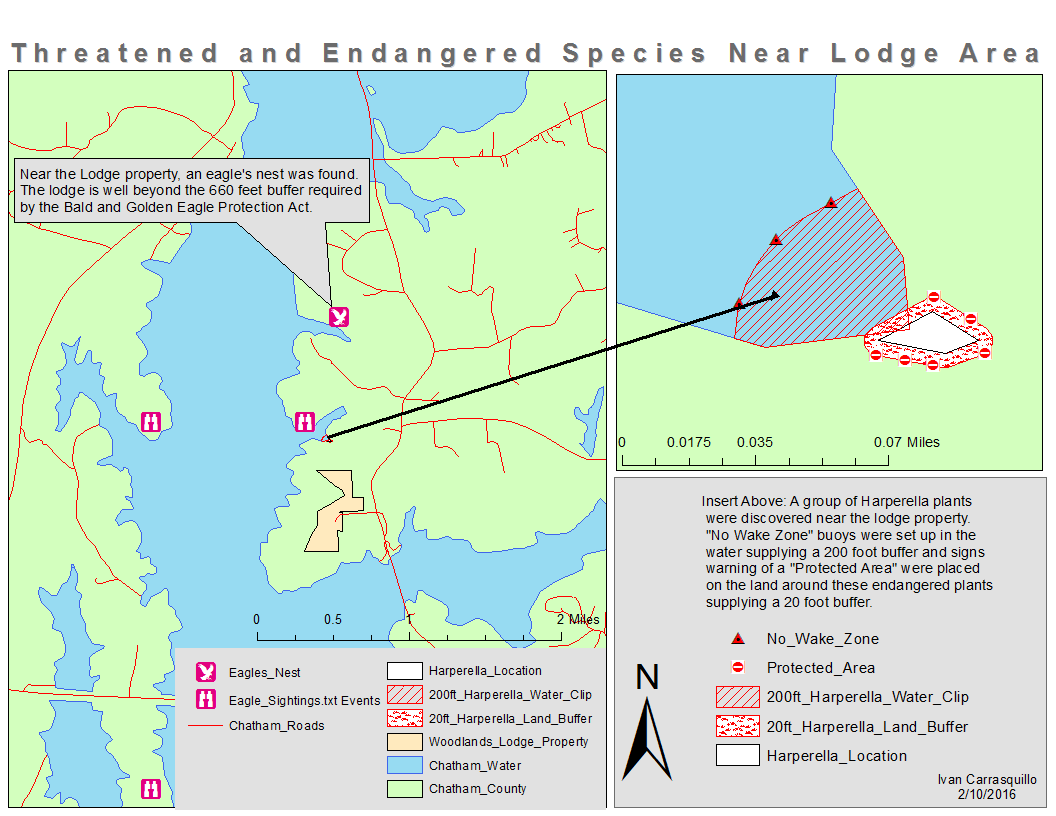
Welcome back to the 2016 – 2017 research season! Here, at the Career and Technical Education (CTE) Marine Biology Research (MBRP) & Harbor SEALs programs, our budding scientists have started the year picking up where they left off last – In full NY Harbor data collection, data analysis, and restoration mode. Our professional young SEALs scholars are finishing up their year long characterization of the Harlem River, a project designed to inform local government agencies of the environmental status of the Harlem River.

This project is important because in order to propose viable solutions for the River’s environmental restoration we need to create a baseline of its ecological status. The civic, non-profit group CIVITAS, led by Ms. Maura Smotrich, has placed its trust in our scholars to deliver the information necessary to inform the East River Esplanade Ecological Edge project that will help restore the East and Harlem Rivers. This will in turn improve the lives of millions of New Yorkers. To view some of the preliminary raw data click on the following links: Physical Chemistry, Plankton, & Benthos. (This project is completely student led.)

This year, the Marine Biology Research Program is offering its students up to 18 college credits upon successful completion of the Program’s curriculum and assessments. In today’s economy, students need to be college AND career ready. The MBRP offers a 12 college credit program in Science Research through SUNY Albany, 3 college credits for passing the NOCTI Natural Resources Systems exam, and, new this year, 3 college credits for Oceanography through SUNY Stony Brook. Apart from these wonderful opportunities, our high school students will also have the chance, for the first time in NY State, to complete and become certified in Geographic Information Systems through Digital Quest’s SPACE certification. Last season, our CTE internship SEA WORKS program paid out over 50,000 dollars in salary for students’ work throughout their different CTE programs of which CIVITAS was a major internship provider for our MBRP scholars.

Lastly, our Professional Advisory Committee member Mr. Michael Kessler from ConEdison has been supporting the MBRP and other CTE programs by helping to create a pipeline into technical jobs right out of our High School, the New York Harbor School, to give our young scholars options to enter the world of work with high paying, stable jobs of the future. A big thanks to all our Professional Advisory Committee members for stepping up to the plate and leading our school community members and the MBRP into a year brimming with exciting opportunities.







